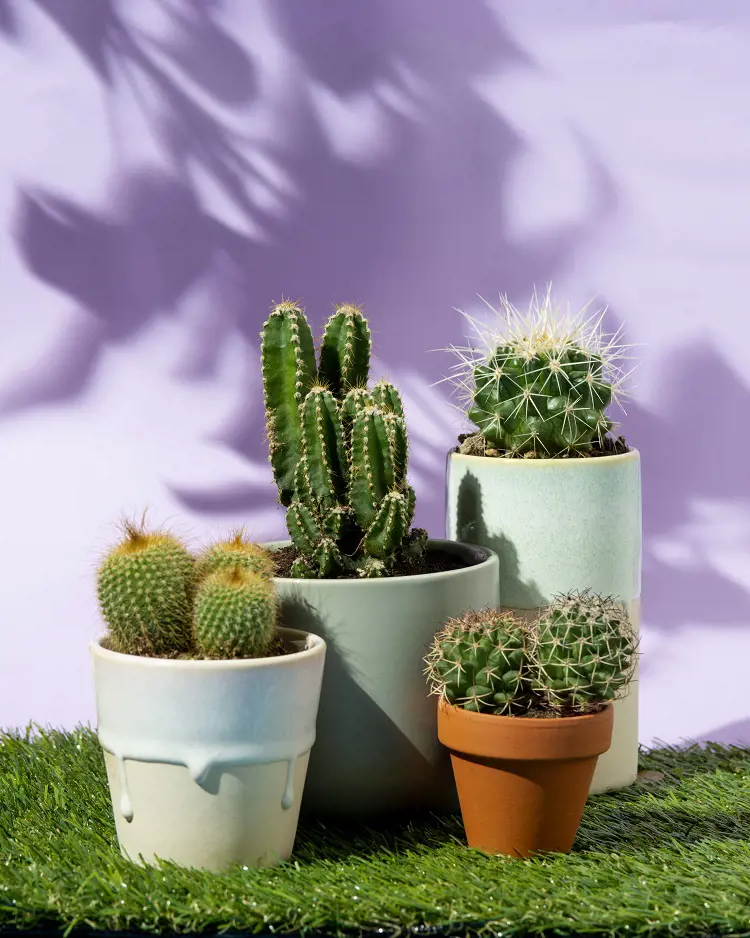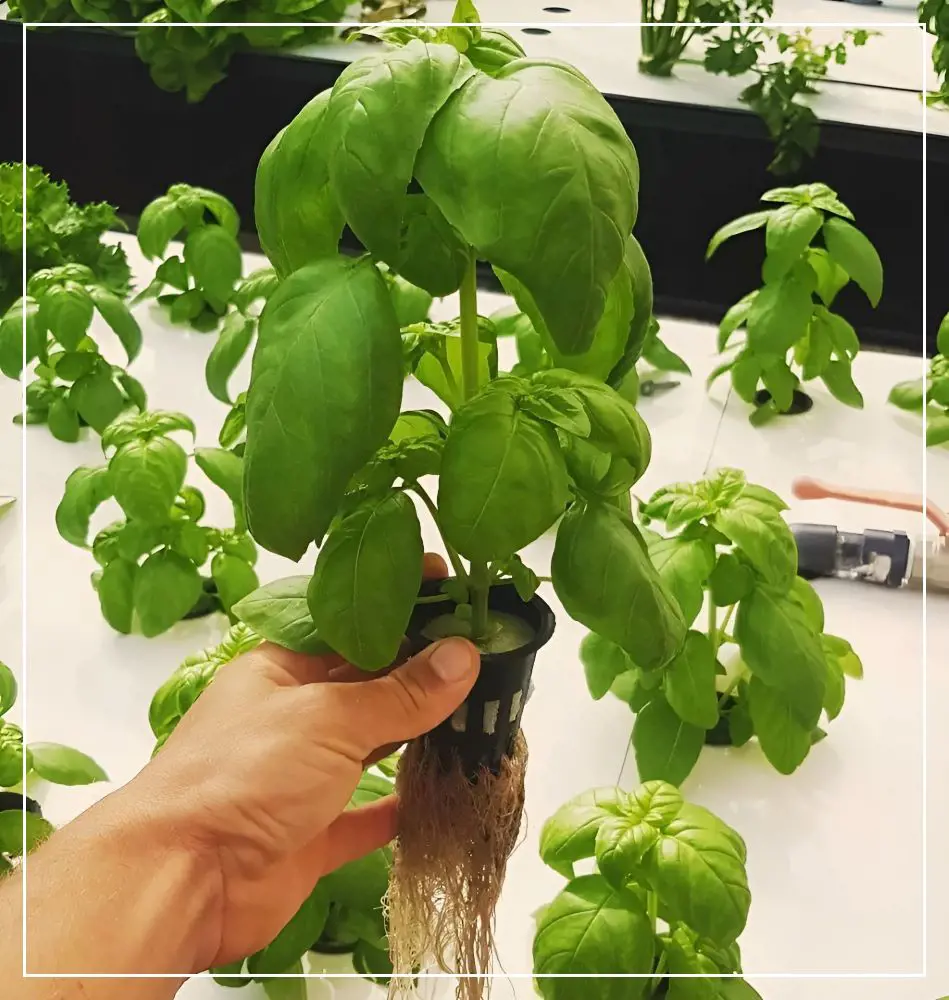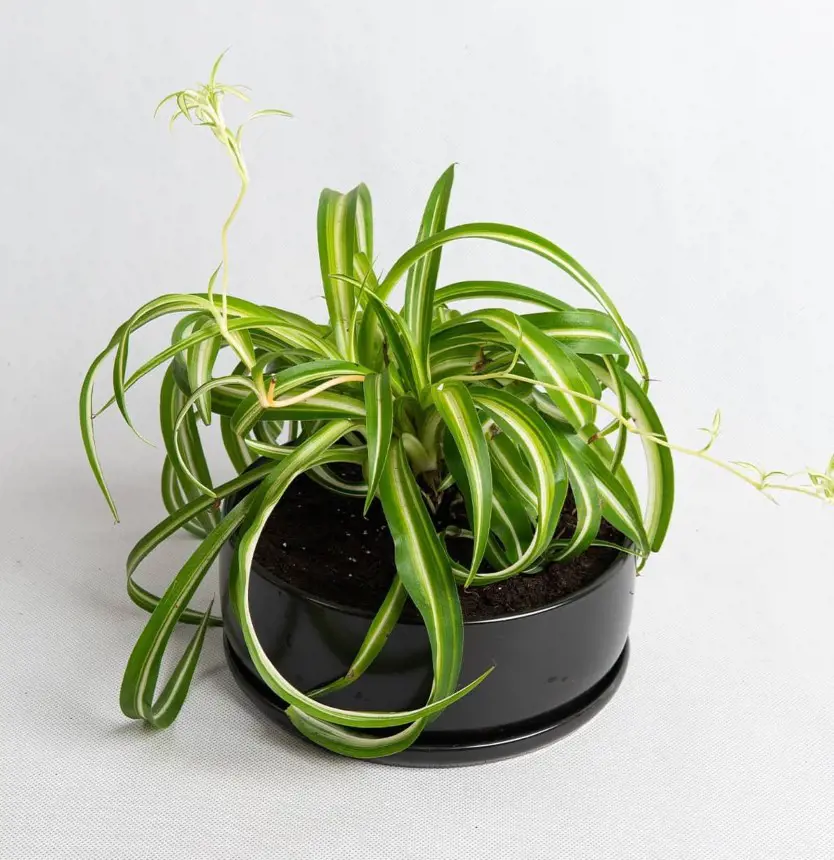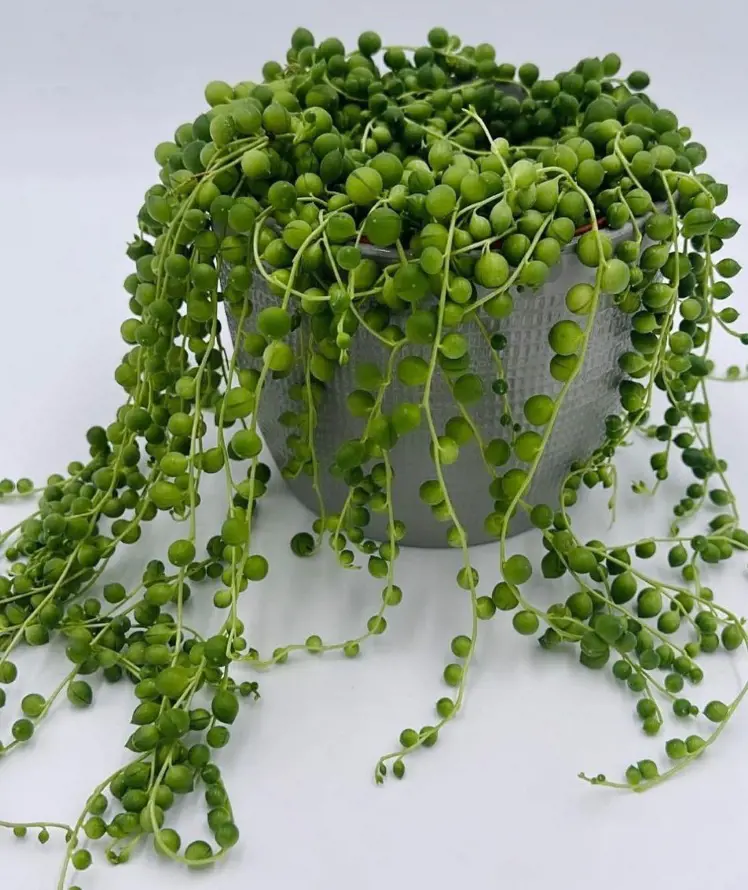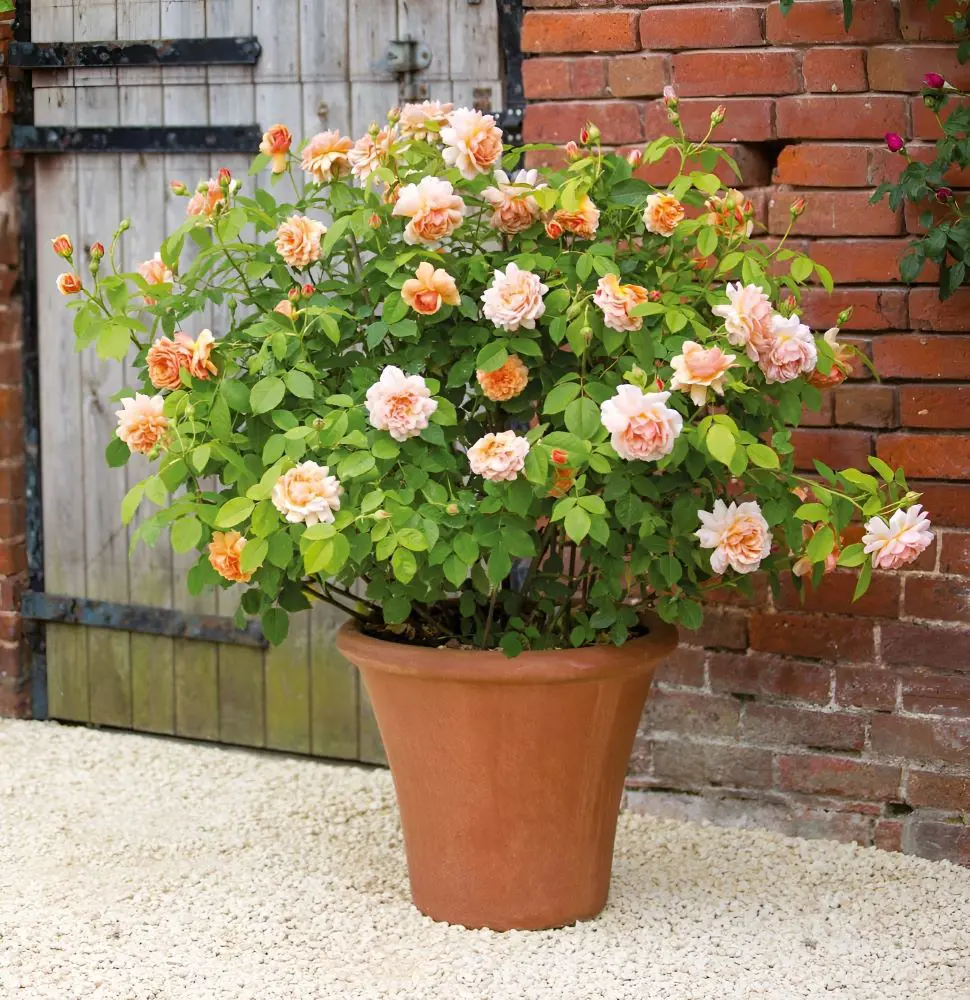How To Propagate Aloe Vera
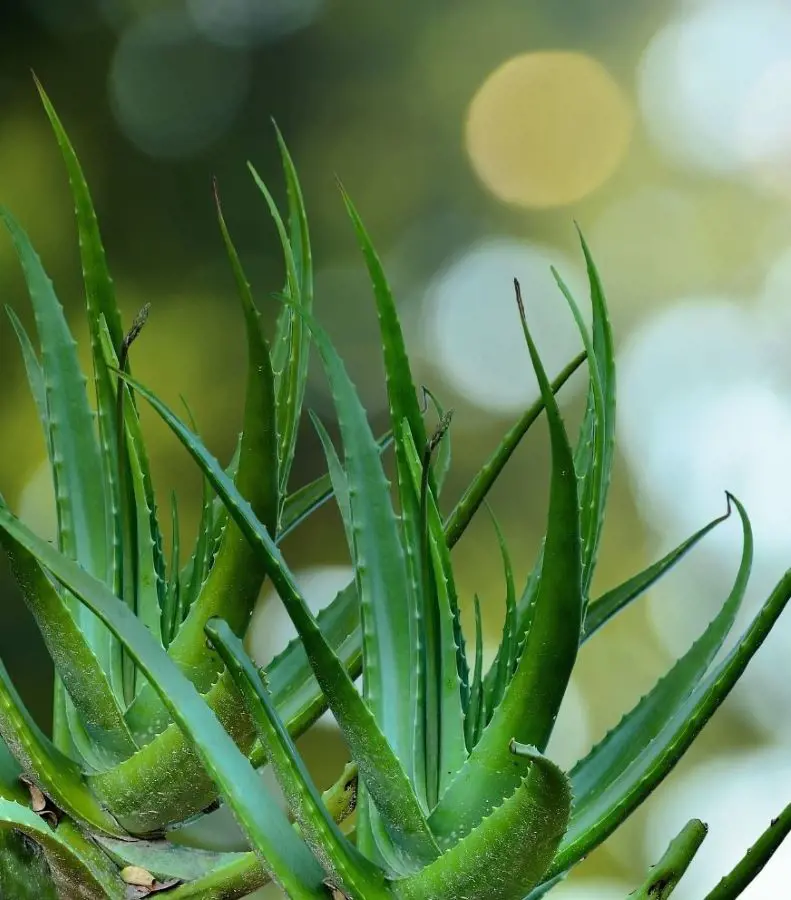
This post may contain affiliate links. If you make a purchase through links on our site, we may earn a commission.
If you are in a quest to enlarge the supply of aloe vera plants or share their beauty with your loved ones, then learning how to propagate aloe vera is the right way.
It doesn't matter if you are a beginner or an expert, as these ten tips will help you expand this lovely succulent. The aloe vera plant, with its spiky green leaves and soothing gel, is a natural wonder and a popular addition to many homes.
Growing succulents is not as difficult as it seems. The thought of growing your aloe vera might seem daunting. But with these few simple tips, you can easily cultivate this hardy and low-maintenance succulent.
1. Choose the Right Time
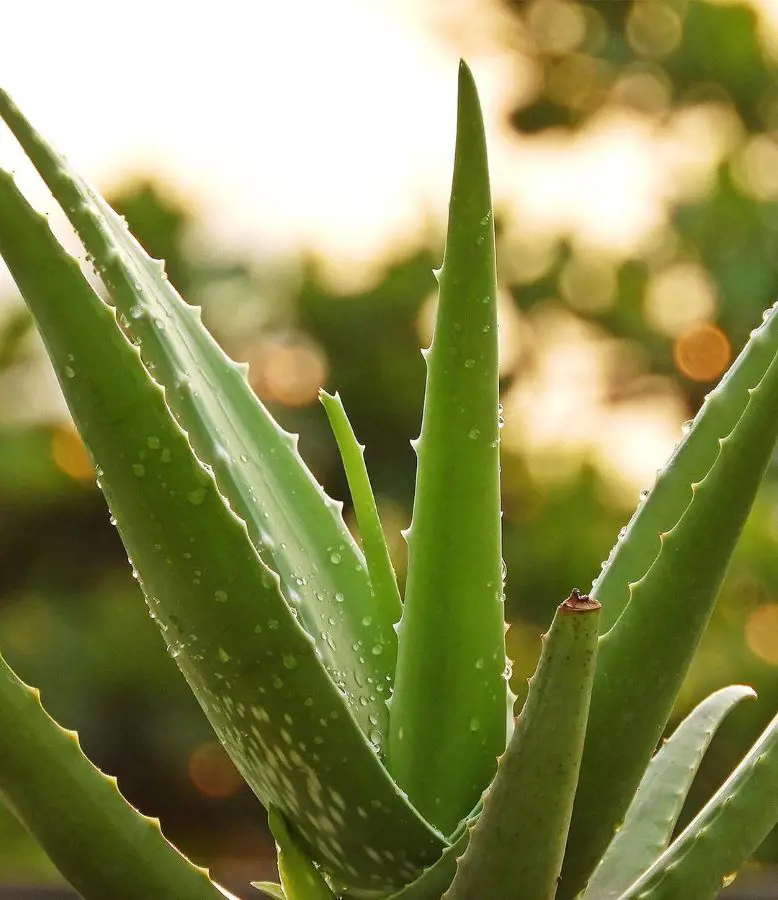
The best time to propagate aloe vera is during the spring or summer months, when the plant is actively growing. This is when your aloe vera plant is full of energy and actively growing, just like a child playing in the sunshine. This makes it the perfect time for your pups to take root and start their journey.
Trying to propagate during the cold winter months would be like planting a seed in the middle of a snowstorm. The cold and lack of sunlight could harm the pups before they even have a chance to grow.
2. Identify the Offshoots
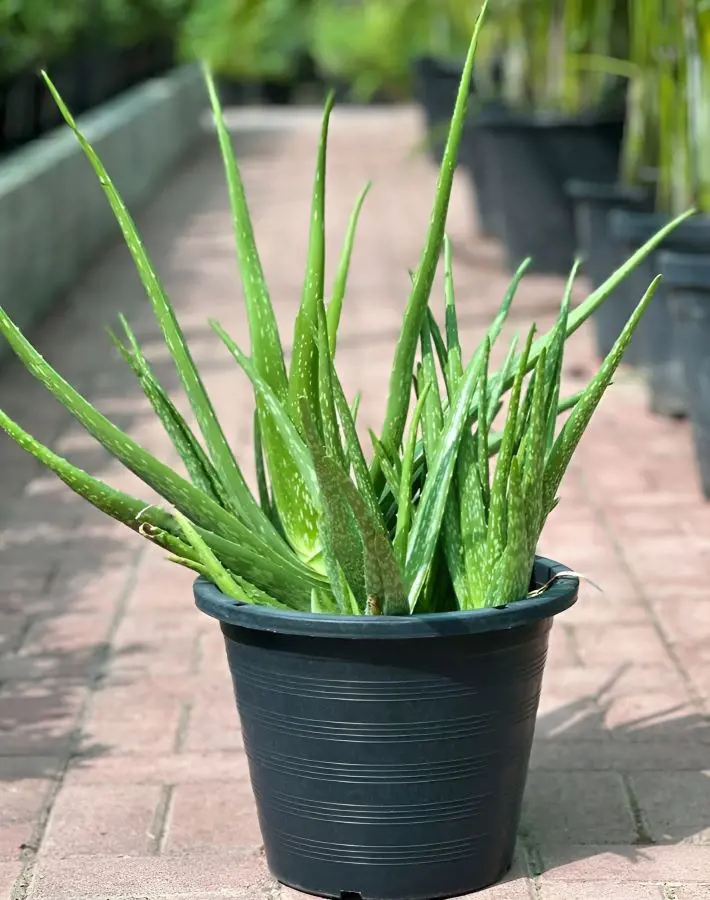
Imagine an aloe vera plant like a proud momma with her babies. Those little guys growing around the base of your mature plant are called pups. They're like miniature versions of their parents, ready to become independent plant babies themselves.
So, when the time is right to propagate aloe vera, look for these pups. They'll be smaller plants attached to the main stem, often with their own sets of leaves. These pups help propagate the plant in the easiest way possible.
3. Prepare the Tools
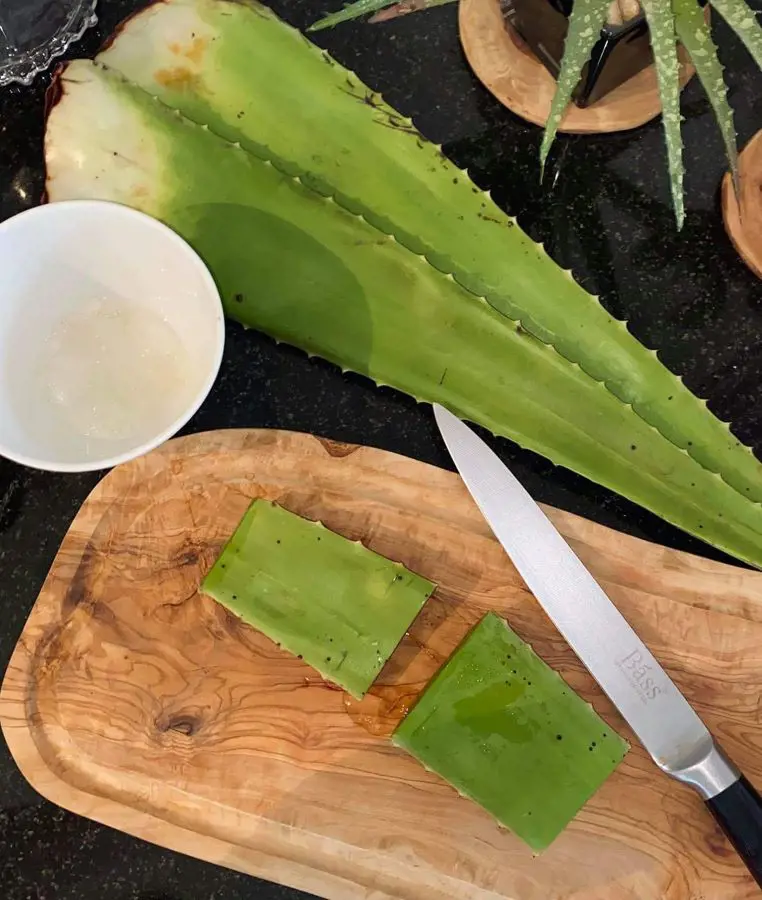
Before diving into the exciting world of propagating aloe vera, it's crucial to gather the necessary tools. The following are some of the essential tools required for this journey:
- A clean, sharp knife or gardening shears
- A pot with drainage holes
- Well-draining potting mix
- Water
The sharp knife will help you carefully separate the pups (baby plants) from the mother plant. Choosing a pot with drainage holes at the bottom will allow excess water to escape, and the potting mix ensures good aeration and prevents root rot.
4. Remove the Pups
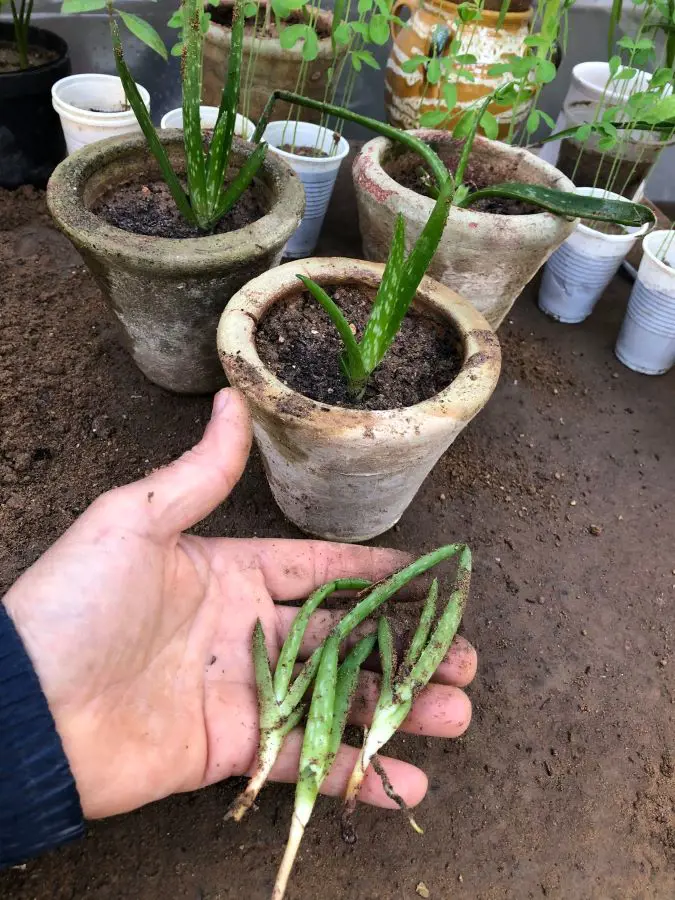
The cute little "babies" growing around the base of aloe vera are called pups, and they're a fantastic way to propagate your plant and expand your green family. Removing pups from the mother plant has many benefits. Removing them helps the mother plant focus its energy on its growth and health.
It also creates space and allows air to flow more freely around the mother plant. To remove the pups, gently loosen the soil around the chosen pup using fingers or a trowel. Then, use the knife or shears to carefully separate the pup from the mother plant, ensuring it has a healthy root system.
5. Allow the Pup to Callus
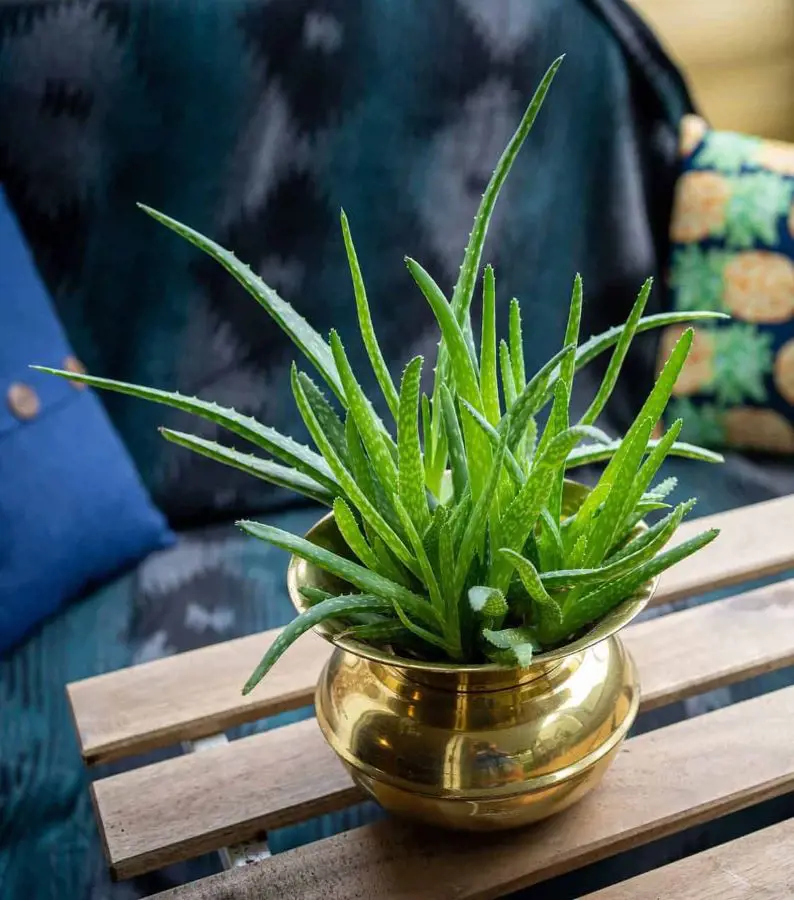
Pup's cut end is like an open wound, and when it is allowed to callus over for a few days, it's like forming a protective scab. This scab prevents rot and gives the pup time to seal up its internal tissues before being planted.
Just imagine a situation where the pup is planted with a fresh cut. In that case, the pup would be vulnerable to infection and disease in the damp soil. So, by letting it callus first, you're giving it the best chance to survive and thrive as a new plant.
6. Prepare the Potting Mix
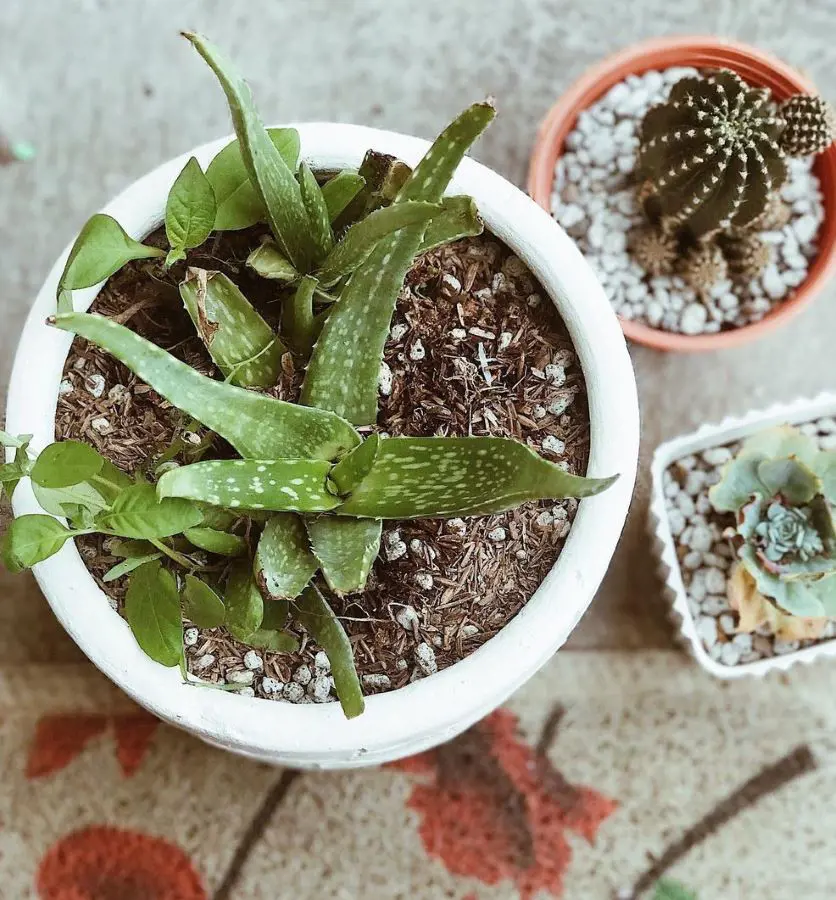
When it comes to propagating aloe vera, choosing the right potting mix is crucial. A good mix will provide essential drainage and aeration, mimicking the well-draining environments in which aloe vera thrives naturally.
Commercial succulent or cacti mixes are readily available and formulated specifically for these types of plants. They often contain a blend of ingredients like perlite, pumice, and sand, which promote drainage and prevent waterlogging. However, one can create their potting mix by combining these ingredients in equal parts:
- Sand
- Potting soil
- Perlite or pumice
7. Plant the Pup
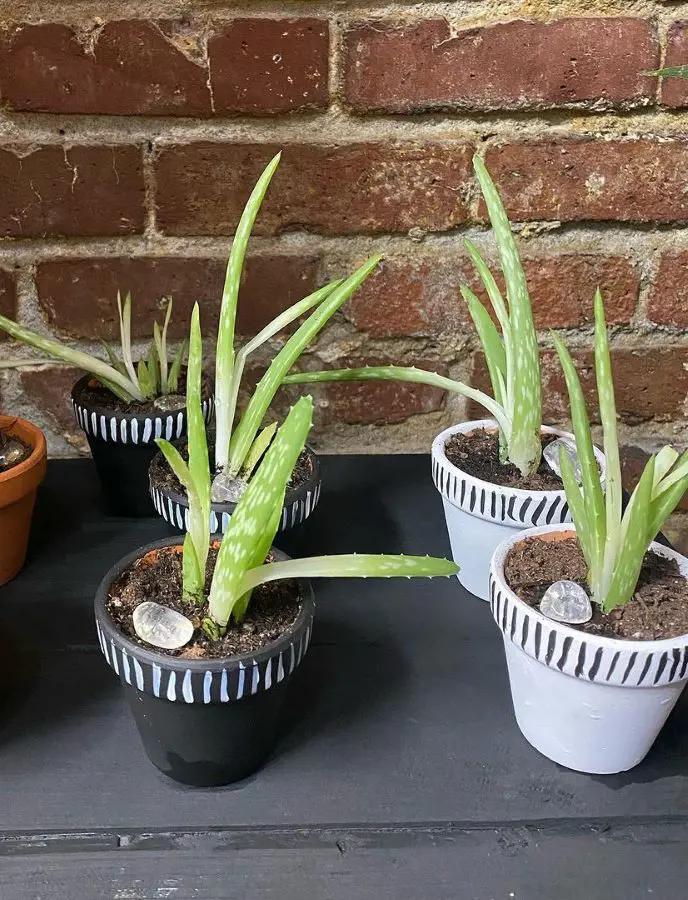
Once the aloe vera pup has a firm, dry callus, it's time to plant it in its new place. Choose a pot with drainage holes and fill it with a well-draining potting mix. Gently make a hole in the center of the mix and place the pup inside, ensuring the calloused end is slightly buried.
It does not matter how deeply they are buried, as the new roots will find their way down. Next, water the pup deeply once, but then let the soil dry completely before watering again. It is crucial to note that the pups should not be overwatered, as it can destroy them.
8. Water Sparingly
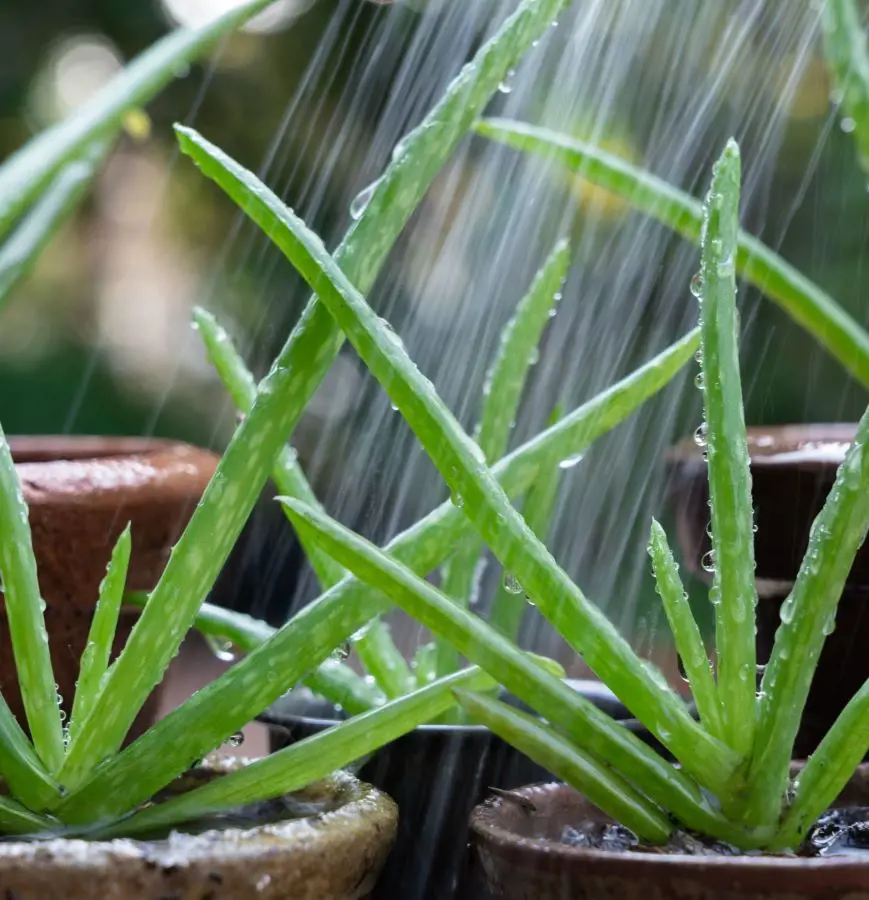
Aloe vera is a succulent, meaning it stores water in its leaves and hates soggy conditions. Although watering is crucial for the newly propagated aloe vera, too much can be just as harmful as too little. The plant should be watered only when the top inch of soil is completely dry.
To check for dryness, stick the finger into the soil. If it feels dry up to the first knuckle, it's watering time. Next, water the plant thoroughly, allowing the water to flow from the drainage hole, then wait until the top inch of soil is dry before repeating.
9. Provide Indirect Light
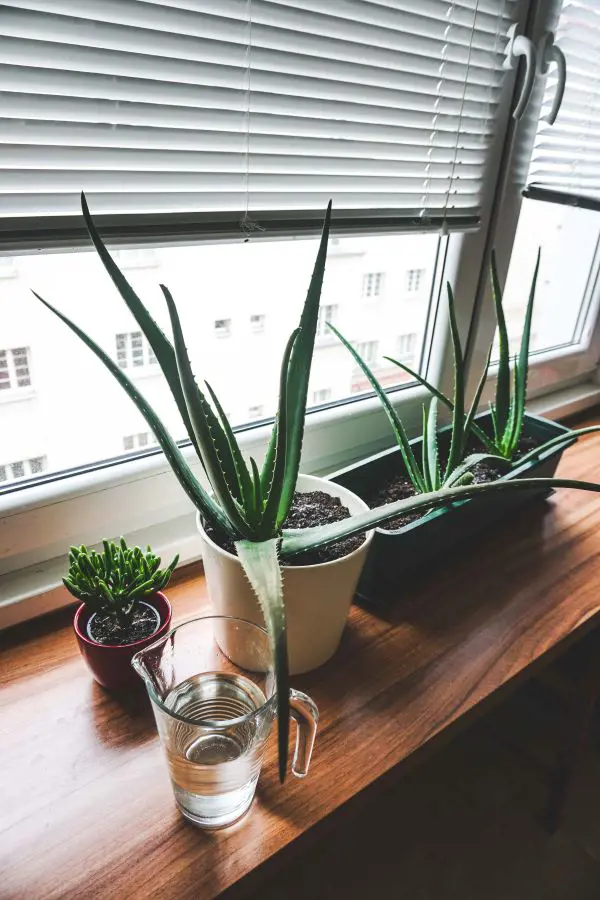
Aloe vera is a succulent plant that thrives well in indirect sunlight. Too much direct sunlight can be harsh and burn their delicate "skin" (leaves). This is why providing indirect light is crucial for your aloe vera when propagating.
Indirect sunlight provides enough warmth and energy for aloe vera to thrive without the risk of sunburn or drying out. The ideal spot would be near a window but not in the direct path of the sun's rays. This balance allows the pup to focus its energy on developing healthy roots and eventually growing into a vibrant aloe vera plant.
10. Propagate Through Leaves
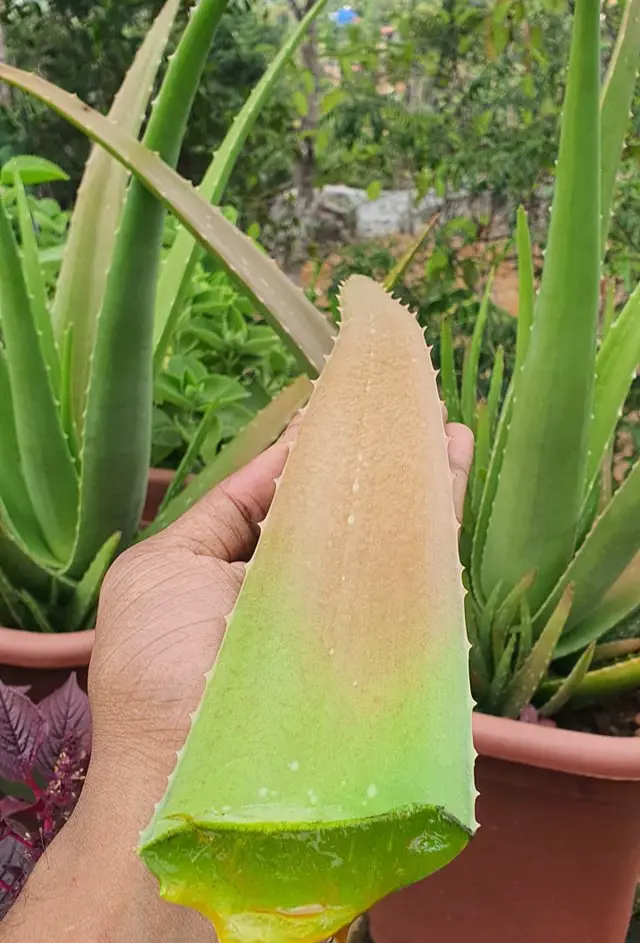
Propagating aloe vera through leaves is a less common way than propagating through pups. It might take longer and require more patience, but these low-maintenance plants survive anyway. One has to focus on a few factors before continuing this method.
Opt for a healthy, plump leaf near the base of the plant and cut it off cleanly. Let it dry and form a callus, and then plant it upright in well-draining soil. Try to keep the soil moist, and in a few weeks, you'll see tiny aloe sprouts emerge from the base of the leaf.
Recent posts
How To Propagate
How To Propagate
How To Propagate Cactus In 9 Ways
Propagation involves creating new plants from existing ones. In nature, this often happens through seed formation after flowers are pollinated. However, due to the shrinking natural habitats of cactus, it’s essential to propagate and care for t...
How To Propagate
Basil Propagation Methods: Flowers, Seeds or Cuttings
In the realm of culinary delights and garden magic, basil stands as a beloved herb, prized for its aromatic leaves and versatility in the kitchen. Yet, unlocking the secrets of basil propagation opens up a whole new realm of possibilities. From the d...
How To Propagate
How To Propagate Monstera Deliciosa
Monstera plants are popular indoor plants, making homes and offices cheerful and stylish. They're not just easy to grow but also thrive in any indoor setting. But if you're wondering how to make more Monstera plants, it might seem tricky. Start...
How To Propagate
How To Propagate Spider Plant
The Spider Plant is a resilient indoor plant appreciated for its arching leaves and spider-like offshoots. It's an ideal choice for plant enthusiasts due to its easy care. Propagating these plants is also simple and can be done in various ways, such ...
How To Propagate
How To Propagate String Of Pearls
Propagating String of Pearls is a fascinating and fulfilling process that allows you to create new plants from an existing one. This plant is a cute succulent from South Africa, known scientifically as Senecio Rowleyanus. It has long, hanging stems w...
How To Propagate
How To Propagate Roses In 12 Steps
Propagating roses might sound fancy, but it's a way to grow new rose plants from existing ones. It's like making baby roses. If you have a beautiful rose bush and want more just like it, you can do this through a process called propagation. Here's a ...
